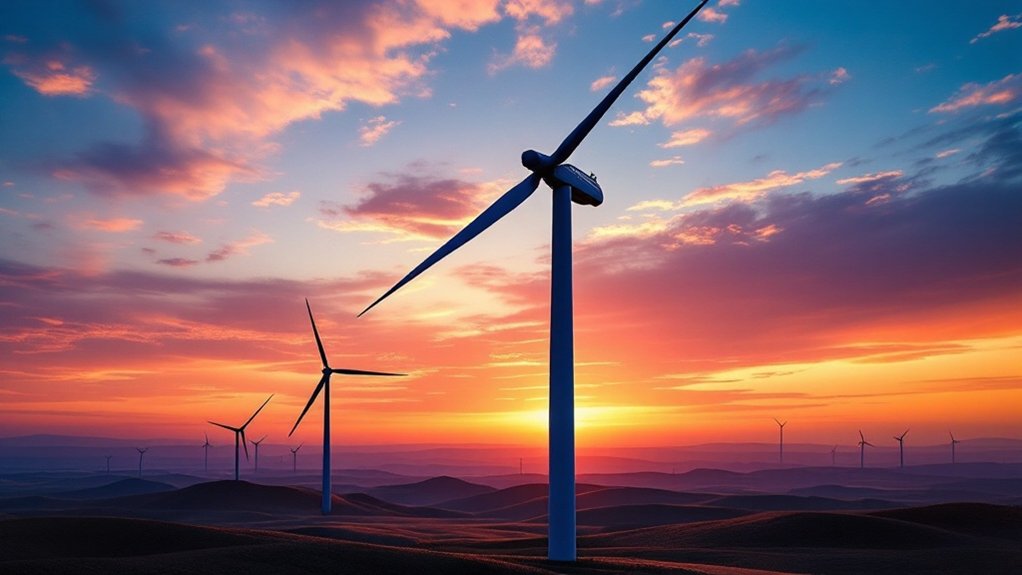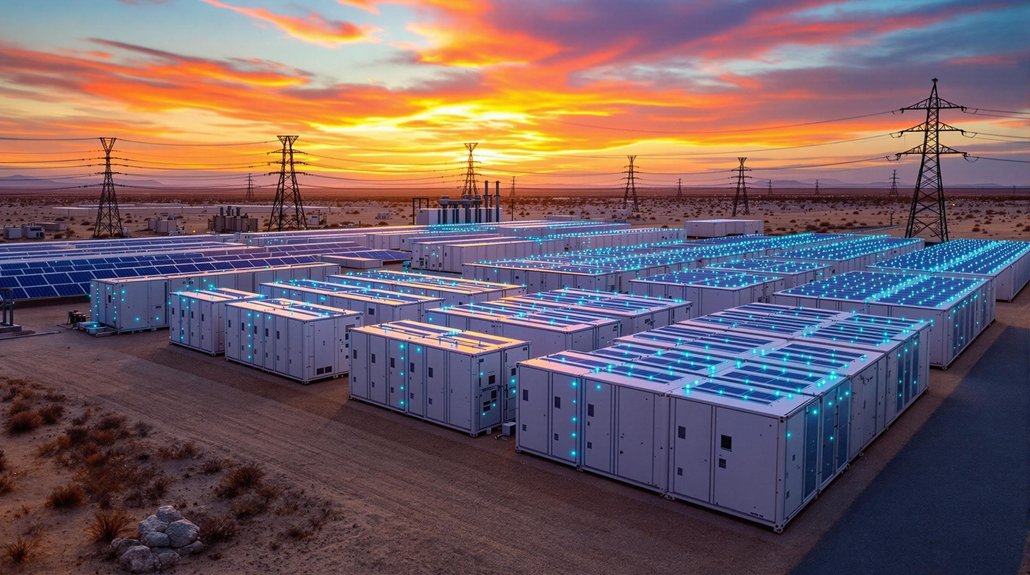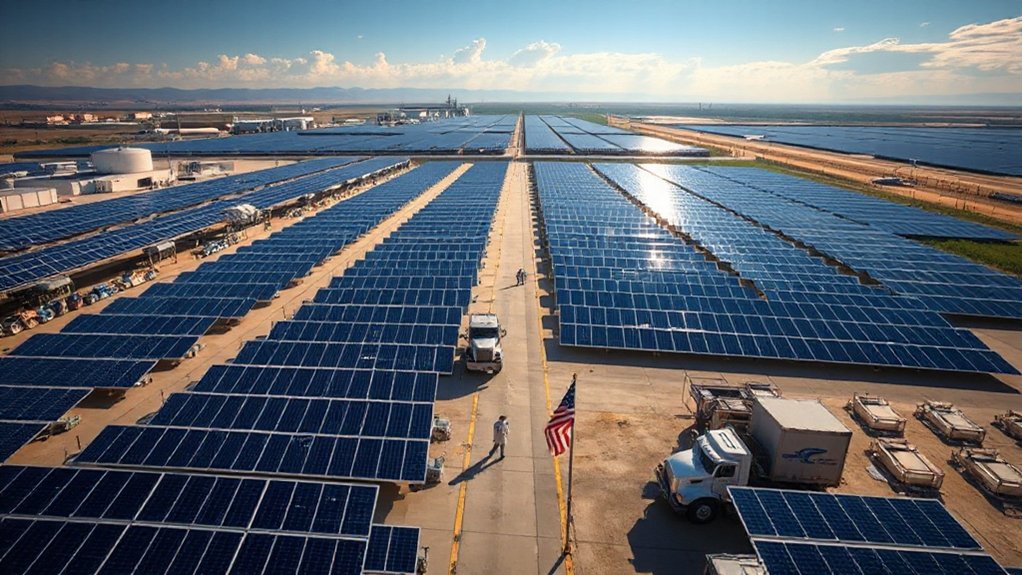Several mechanical factors boost torque in wind turbines, even with steady winds. Longer blades quadruple power output by sweeping more air. Bigger rotor diameters greatly amplify torque generation. Advanced blade designs with twisted shapes and tapered edges enhance efficiency. Higher gear ratios and multi-stage gearboxes multiply rotational force. Active pitch control systems optimize blade angles. The physics behind torque generation gets even more interesting when you understand the complete mechanical dance.

Cranking up torque in wind turbines isn’t rocket science – it’s all about going big. The most obvious way to boost torque is to super-size those blades. Double the blade length, and boom – you’ve quadrupled your power output. It’s like upgrading from a toy pinwheel to a monster fan. Those longer blades sweep through more air, catching more wind energy with every rotation. And let’s be honest, in the wind power game, size definitely matters. Just like with vehicles, where rotational force measurements determine performance, wind turbines rely on precise torque calculations. The perpendicular component of the wind force determines how much the blades will spin, since only perpendicular forces create torque.
The rotor diameter plays a massive role too. Bigger rotor, more torque – simple as that. When you double that diameter, you’re looking at four times the power output. Sure, there’s a sweet spot between cost and performance, but who doesn’t want a bigger rotor? Aerodynamic forces convert the wind’s kinetic energy into mechanical power that drives the generator.
Speaking of optimization, those clever engineers have figured out some nifty blade designs. We’re talking twisted shapes, tapered edges, and fancy aerodynamic profiles that would make an airplane jealous.
Gearboxes are the unsung heroes in this torque tale. Higher gear ratios multiply that rotor torque like nobody’s business. Multi-stage gearboxes can crank those numbers even higher, though some rebels opt for direct drive systems to dodge those pesky gearbox losses. The generator itself is no slouch either – permanent magnets, more pole pairs, and larger diameters all boost that precious torque output.
But wait, there’s more! Active pitch control is like having a professional driver behind the wheel, constantly adjusting those blade angles for maximum torque. And don’t forget about the yaw system – it’s got to keep that whole operation pointed in the right direction. One degree off, and you’re leaving torque on the table.
Modern yaw drives with beefier torque ratings keep everything aligned just right, while fancy control algorithms make sure nothing’s wasted. It’s like a perfectly choreographed dance, except instead of graceful moves, you’re generating serious power. Who knew wind could pack such a punch?









